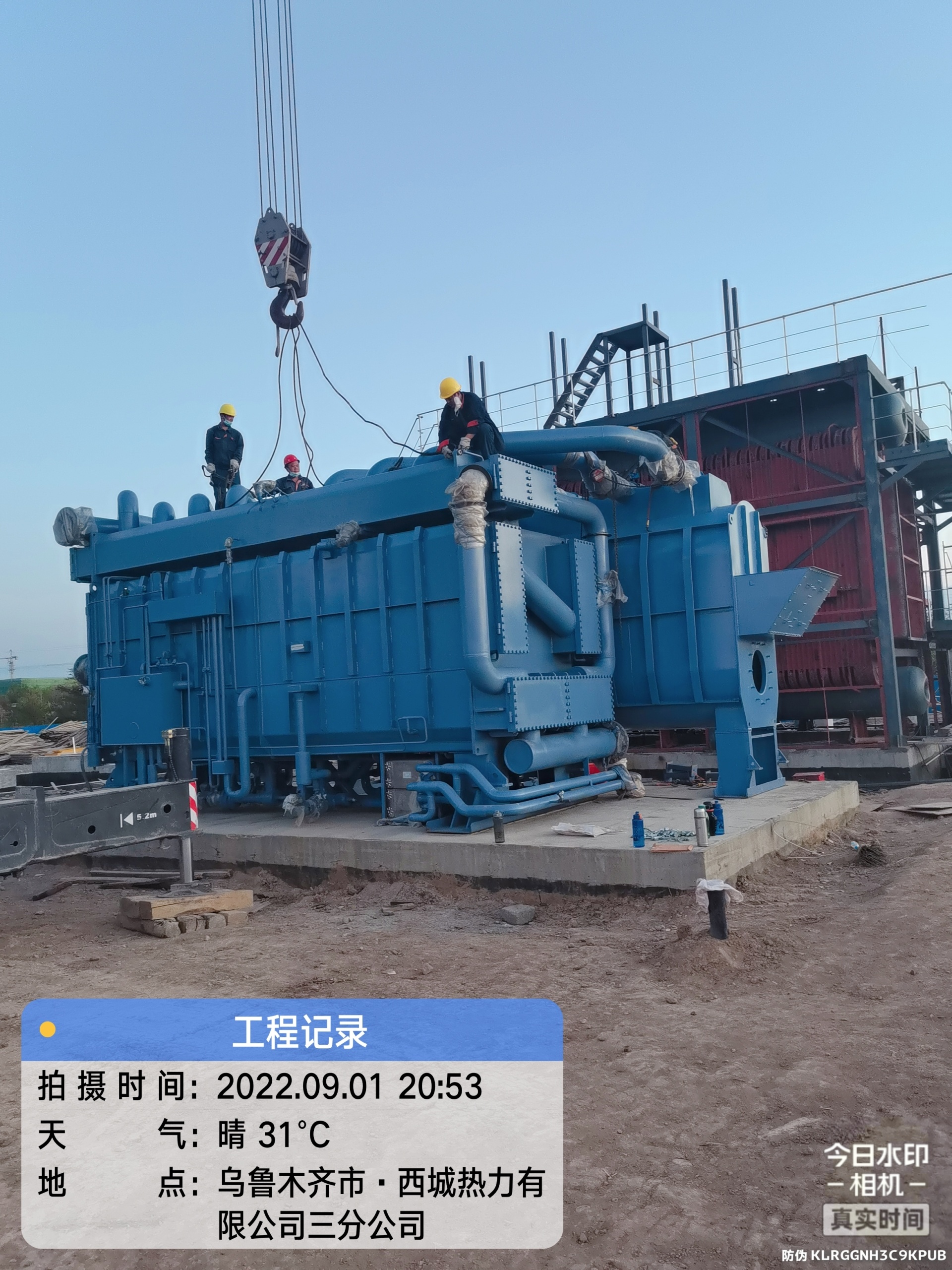Lithium bromide absorption heat pump unit
The lithium bromide absorption heat pump unit is a heat pump device that uses lithium bromide solution as an absorbent and water as a refrigerant. It converts low-grade heat energy (such as waste heat, solar energy, etc.) into usable high-grade heat energy (heating or cooling) through a heat-driven circulation process.
- Commodity name: Lithium bromide absorption heat pump unit
Classification:
Key words:
Product Details
- 産(chǎn)品描述
-
1.Overview
The lithium bromide absorption heat pump unit is a heat pump device that uses lithium bromide solution as an absorbent and water as a refrigerant. It converts low-grade heat energy (such as waste heat, solar energy, etc.) into usable high-grade heat energy (heating or cooling) through a heat-driven circulation process. This equipment is widely used in district heating, central air-conditioning systems, and industrial waste heat recovery.
2.Working Principle
Lithium bromide absorption heat pump is based on absorption-evaporation cycle:
2.1. Low-pressure evaporation: The refrigerant (such as water) evaporates and absorbs heat at low pressure to provide a refrigeration effect.
2.2. Absorption process: The evaporated refrigerant vapor is absorbed by the concentrated lithium bromide solution to generate a dilute solution.
2.3. Heating regeneration: The dilute solution is heated to decompose the refrigerant vapor, and the concentrated solution is regenerated and circulated.
2.4. Condensation cycle: The refrigerant vapor condenses into liquid and returns to the evaporator to complete the closed loop.
3.Features
3.1.Energy saving and environmental protection: Utilize low-grade heat sources (such as steam, waste heat), and no electricity is required to drive the compressor.
3.2.Strong applicability: can be used for heating and cooling of large buildings, as well as industrial waste heat recovery.
3.3.Fluorine-free and environmentally friendly: using water as a refrigerant to avoid the impact of traditional refrigerants on the environment.
4.Advantages and Disadvantages
4.1.Advantages
4.1.1.Efficient use of waste heat or renewable energy.
4.1.2.Quiet operation and low maintenance cost.
4.1.3.Long life and good stability.
4.2.Disadvantages
4.2.1.High requirements for heat source stability and temperature.
4.2.2.Large initial investment.
4.2.3.Performance will decrease at low ambient temperatures.
5.Application scenarios
5.1.Urban regional heating and cooling systems.
5.2.Industrial waste heat utilization (such as steel, chemical and other industries).
5.3.Commercial building air conditioning systems (such as shopping malls, hotels).
Get Quote
Note: Please leave your E-mail and our professionals will contact you as soon as possible!
Related Products





